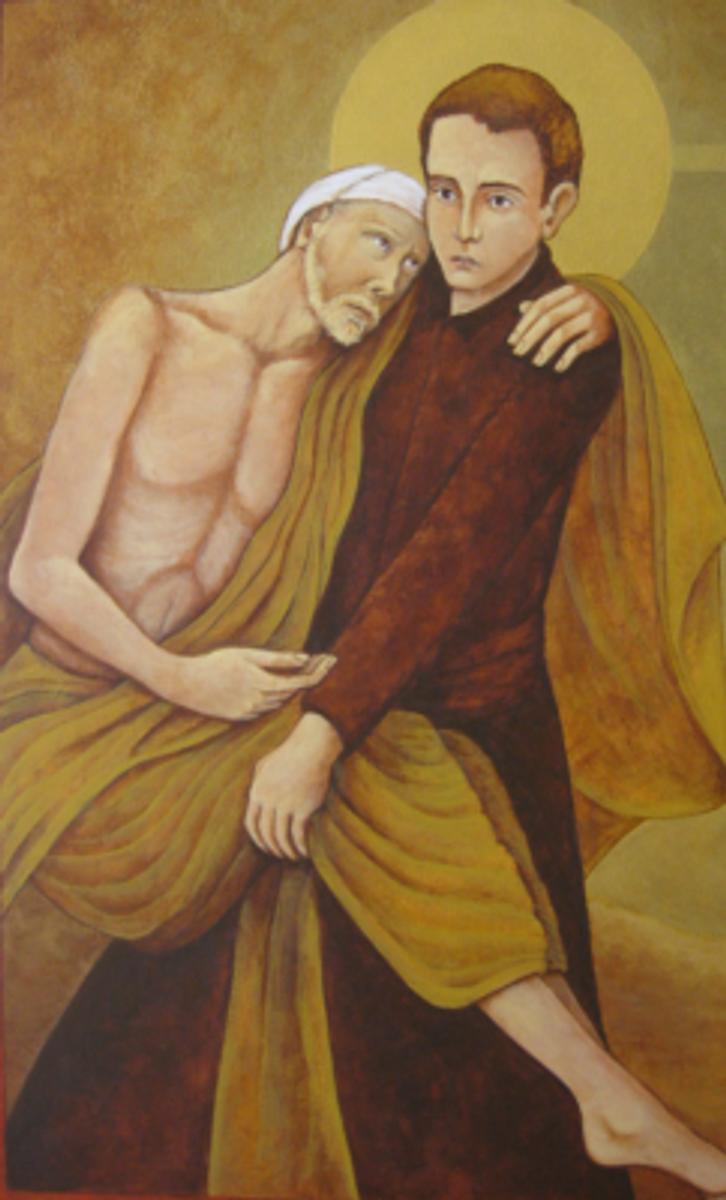Liturgy

Community Liturgy
Next Friday’s Community Mass will be prepared by students in St Louis house. Their patron, St Aloysius Gonzaga, is also the Patron Saint of Youth. In the ‘Year of Youth’, we will take the opportunity next Friday to give thanks for the many young people who assist in our community celebration of the Eucharist each week. This will include a blessing on our vibrant and talented young music ministry team.
As always, all parents and friends are welcome every week!
When: Fridays in Term Time
Time: 8:00-8:30am
Where: College Chapel
If you have any queries about Community Liturgy, please contact Mary-Anne Lumley:
Lumley.mary-anne@cewa.edu.au or 9383 0513.
Sacrament program
Do you have a child in Year 3, 4 or 6 and have not yet enrolled in the Sacrament program in your ‘home’ parish?
- Contact your Parish Priest or Sacrament Coordinator.
- Contact Mary-Anne Lumley, Parish Liaison lumley.mary-anne@johnxxiii.edu.au or 9383 0513.
- Locate information from your parish on the archdiocesan website:
- Use the College website to find information, including diary dates, supplied by some local parishes
GOOD NEWS for the Feast of St Aloysius (Louis)
Next Thursday is the Feast of St Aloysius Gonzaga SJ. This reflection on St Aloysius is by Father Andrew Hamilton SJ and is printed here with kind permission. Father Andy is a Jesuit, a theologian, a writer and, among his many other roles, the Media Officer for Jesuit Social Services.
At a time when there is widespread concern in Australia about the preparation of young men for adult life, the story of St Aloysius Gonzaga merits reflection. His brief life – he died at 23 -was aggressively countercultural: crazily and repulsively so for many modern observers. But as with all countercultural behaviour, Aloysius’ life points to elements in our prevailing culture that are themselves problematic.
Most of what we know about St Aloysius derives from his biography written a few years after his death in by Jesuit Vergil Cepari. He wrote partly to encourage young Jesuits in their austere way of life and partly as part of a campaign to have Aloysius declared a saint. Cepari’s book highlights all the conventional features of youthful sanctity praised in the Catholic Church of the time: Aloysius’ precocious devotional and penitential practices, his determination from childhood to become a priest, his adamantine rejection of the expectations placed on the eldest son of a noble family, and his avoidance of women’s company. He died as a result of nursing a plague victim in a Roman hospital.
The expectations held of Aloysius as an adult male and heir were made clear to him from the age of four. He was presented with a miniature set of armour and guns and accompanied his father in military manoeuvres, so expanding his vocabulary. As a child at court he was exposed to the plotting, sexual entitlement, gambling, greed and corruption endemic in that culture. His early life was marked by uncompromising dissociation from such an unreflective, aggressive and passion-driven future. As child and adolescent, he cultivated interiority and refused to accept the expectations that went with his inheritance. Although he infuriated his father by his lack of compliance but remained obdurate in his dedication to prayer and to fasting, avoidance of frivolity, and other penitential practices. When his father refused to allow him to enter the Jesuits without his he simply waited him out.
At Jesuit Social Services we have some sympathy for Aloysius in his determination to reject the toxic masculinity of his culture. We know how difficult it is for vulnerable young men to imagine breaking with family example and peer group expectations of how they should act.
It is no wonder when Aloysius joined the Jesuits that he said of himself that he was a twisted piece of iron that needed to be straightened out. That was true. But was is also true that what the culture regarded as straight was also warped. The life of Aloysius speaks of the cost and the resilience involved in catching sight of something deeper and in breaking the mould.
© Andrew Hamilton SJ


